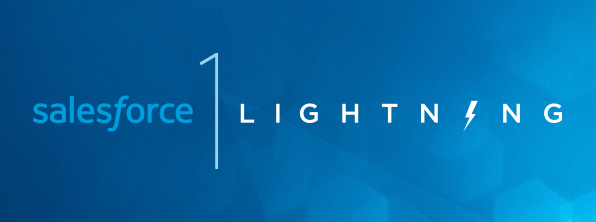Ready or not, Salesforce Lightning is about to strike
 Salesforce has been gently preparing its users for quite some time that they need to switch from the Classic application to Lightning. Despite their in-app banner ads and relentless promotion of the advantages of using Lightning, many users have been reluctant to change. It’s with good reason they have procrastinated. Change means a disruption to the daily routine. There is also the time and resource investment to evaluate the impact and, in some cases, a substantial development effort to support the switch.
Salesforce has been gently preparing its users for quite some time that they need to switch from the Classic application to Lightning. Despite their in-app banner ads and relentless promotion of the advantages of using Lightning, many users have been reluctant to change. It’s with good reason they have procrastinated. Change means a disruption to the daily routine. There is also the time and resource investment to evaluate the impact and, in some cases, a substantial development effort to support the switch.
This year, Salesforce finally announced a forced rollover to Lightning. Starting as early as October 12, 2019, instances of Salesforce will be switched to Lightning in a phased approach. Salesforce has the change listed as a critical update and has an activate button to roll out the changes yourself. BUT WAIT… before you hit that button, read the rest of this article!
If you are still on Classic, take advantage of this lead time to proactively understand and prepare for the impact before making the change. For some customers that use Salesforce in its vanilla, out-of-the-box form, the impact will be minimal. Be careful however if any of the following apply to you:
- Usage of custom objects
- Customization of standard objects
- Visualforce pages
- Workflows and processes
- third-party apps
- Integrations with other systems
If you need to make the change here are some recommended steps to take:
Start Now – Give yourself as much time as possible for assessment, changes and training needed to adapt to Lightning.
Run a Lightning readiness report – Salesforce has a tool to assess your application and warn of potential issues. For more information, read their help article.
Test in sandbox – Create a sandbox (with data if available) and then convert it to Lightning. Run a thorough test of all functionalities, including integrations with other applications. The APIs have changed with Lightning so don’t neglect this.
Capture everything needed to get your application working in your sandbox environment. This will act as your migration checklist when making the change in production.
Train your users in sandbox. This will not only give them exposure on what to expect when the change is made but it will also help further QA for issues. When training, make sure your admins are involved. The configuration of page layouts and other features take some getting used to. You will want to make sure admins hit the ground running too.
As always, connect and reach out to Slake Consulting if you have questions navigating the new terrain!
 Susanne Lake
Susanne Lake
CEO and Founder,
Slake Marketing Automation
“Marketing automation is more than email marketing. It’s sophisticated workflows that send theright message to your prospect through the entire customer journey.”
Slake Marketing Automation specializesin sophisticated workflows that nurture your leads all the way through to closed won opportunities. We optimize the sales process, give more meaningful visibility to your sales pipeline, identify wasted spend, and give your company the best practices needed to succeed. We leverage the latest technologies, data analytics and AI to provide the optimal sales and marketing journey. Elevate your marketing game and outsource your lead nurturing to Slake Marketing Automation.

